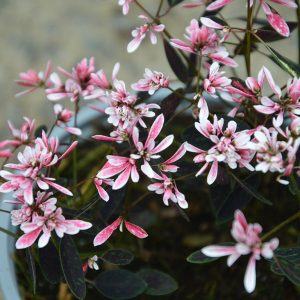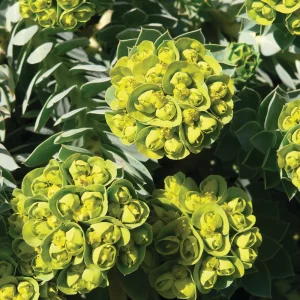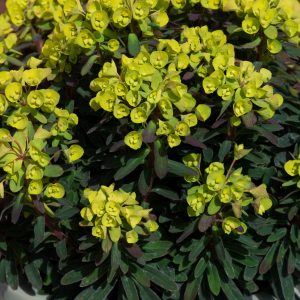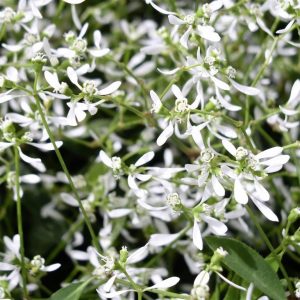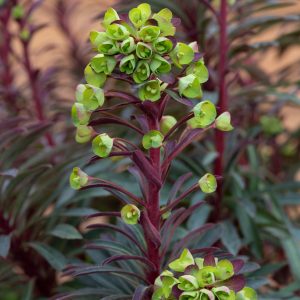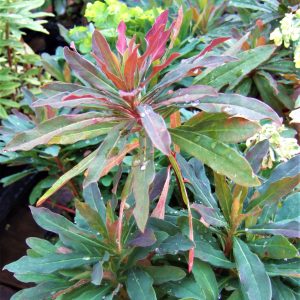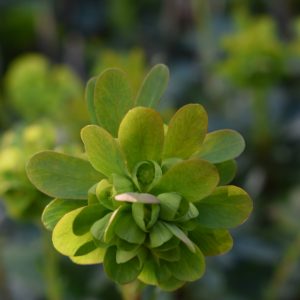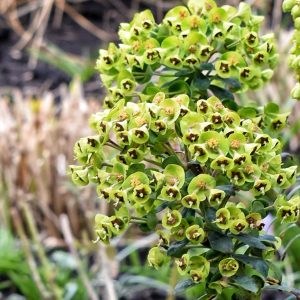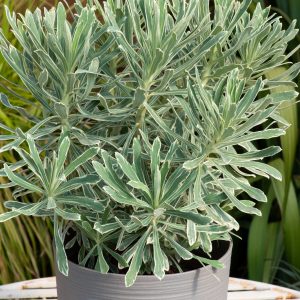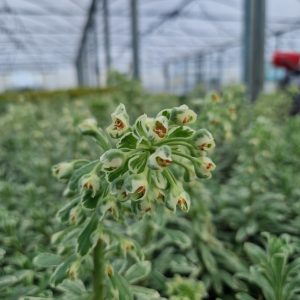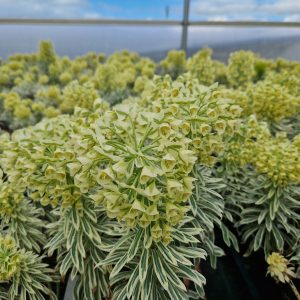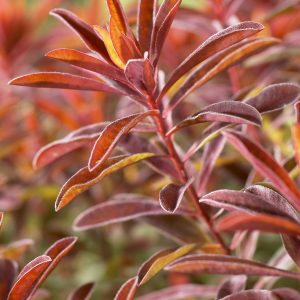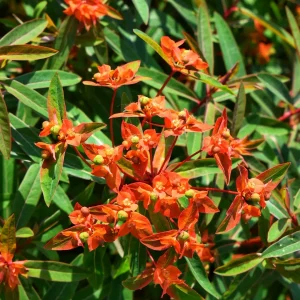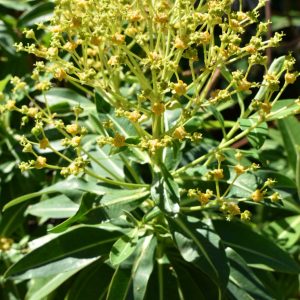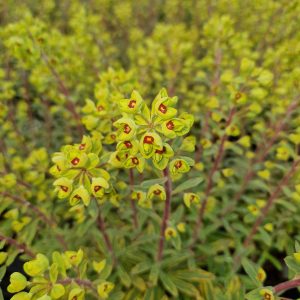Euphorbia, with its diverse and striking varieties, is a versatile and resilient plant that can add texture and interest to your garden. Follow this comprehensive planting guide to ensure the successful establishment and growth of your Euphorbia plants:
Site Selection
Sunlight Requirements: Most Euphorbia species thrive in full to partial sunlight. Choose a location that receives at least 4-6 hours of direct sunlight per day.
Soil Conditions: Euphorbias prefer well-draining soil with a slightly acidic to neutral pH (6.0-7.0). Ensure good drainage to prevent waterlogging.
Planting Time
Optimal Timing: Plant Euphorbia in the spring or Autumn when the soil is workable. This allows the plants to establish their root systems before facing extreme temperatures.
Planting Process
Prepare the Soil: Work the soil to a depth of 12 inches, incorporating organic matter for improved fertility. Remove any weeds or debris from the planting area.
Planting Depth: Dig a hole that is as deep as the root ball and twice as wide. Place the plant in the hole at the same depth it was growing in the nursery container.
Spacing: Space Euphorbia plants according to their mature size, typically 12 to 24 inches apart, to allow for proper air circulation.
Watering
Establishment Period: Water the plants thoroughly after planting to help them settle into their new environment. During the first growing season, provide regular watering to promote root establishment.
Mulching
Mulch Application: Apply a layer of organic mulch around the base of the plants, maintaining a distance from the stems. Mulch helps retain soil moisture, regulates temperature, and suppresses weeds.
Fertilisation
Minimal Fertilisation: Euphorbia plants generally require minimal fertilisation. If needed, apply a balanced, slow-release fertiliser in spring as new growth emerges.
Pruning
Minimal Pruning: Euphorbia typically requires minimal pruning. Remove any dead or damaged stems as needed. Some varieties may benefit from a light pruning in late winter to shape the plant.
Pest and Disease Management
Pest Resistance: Euphorbia is generally resistant to pests and diseases. However, monitor for aphids or spider mites and use insecticidal soap as necessary.
Winter Care
Cold Climate Protection: In colder climates, some Euphorbia varieties may benefit from a layer of mulch for winter protection. Check the specific requirements of the variety you have planted.
Monitoring and Adjustment
Visual Inspection: Regularly inspect your Euphorbia for any signs of stress, pests, or diseases. Adjust watering and care practices based on your observations.
Enjoy the Display
Blooming Period: Many Euphorbia varieties produce unique and colourful bracts during their blooming period. Enjoy the display and appreciate the plant’s ornamental value.
By following this planting guide, you’ll establish healthy and vibrant Euphorbia plants in your garden. Adapt care practices based on the specific requirements of the variety you have chosen and enjoy the unique beauty that Euphorbia brings to your landscape.



